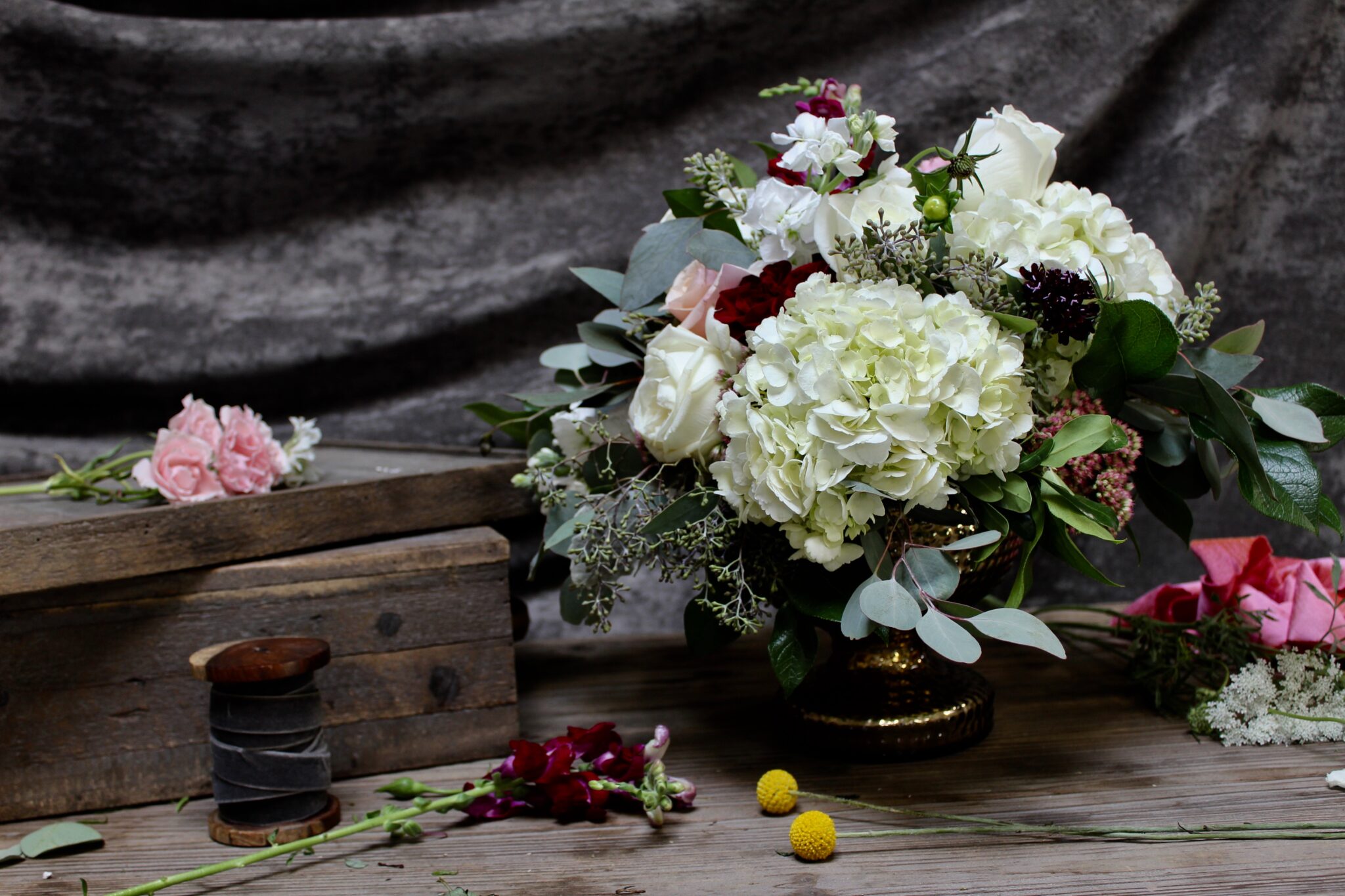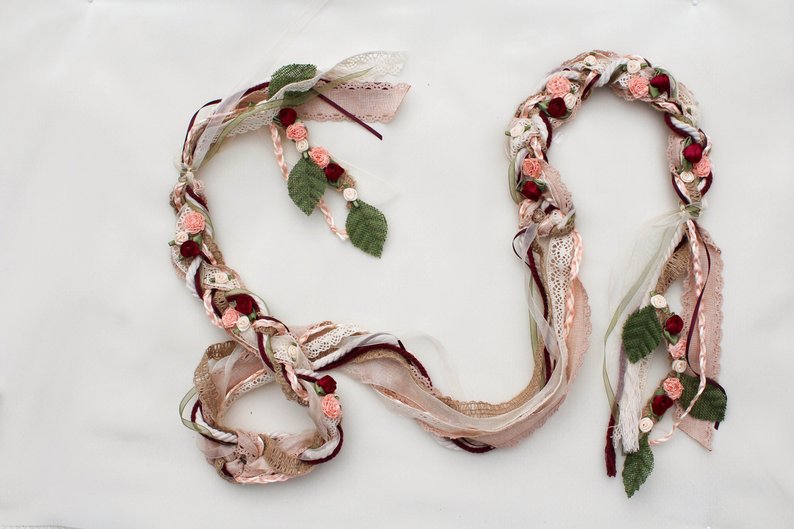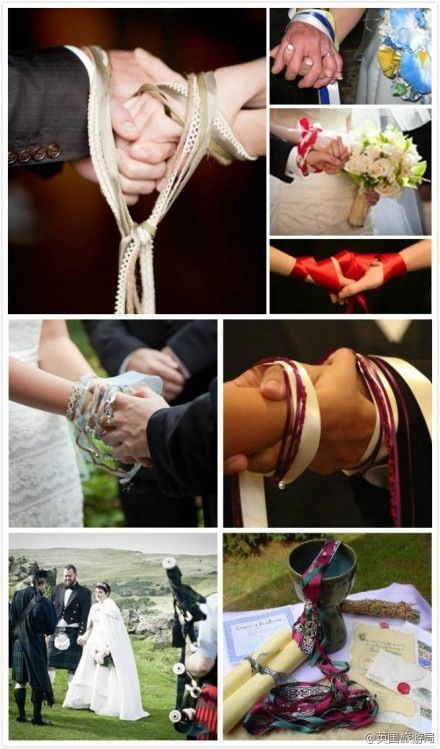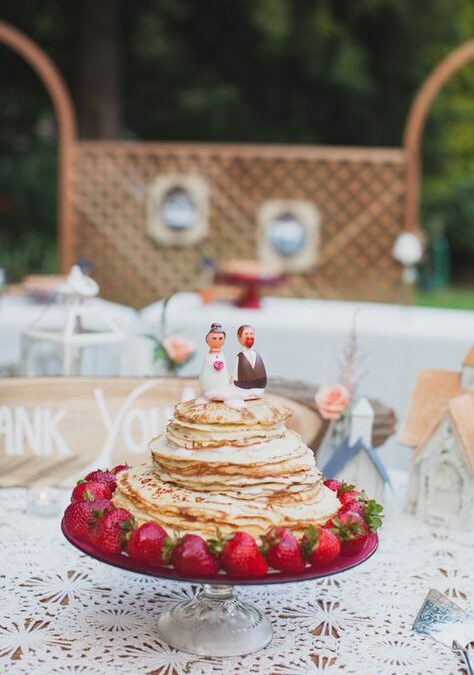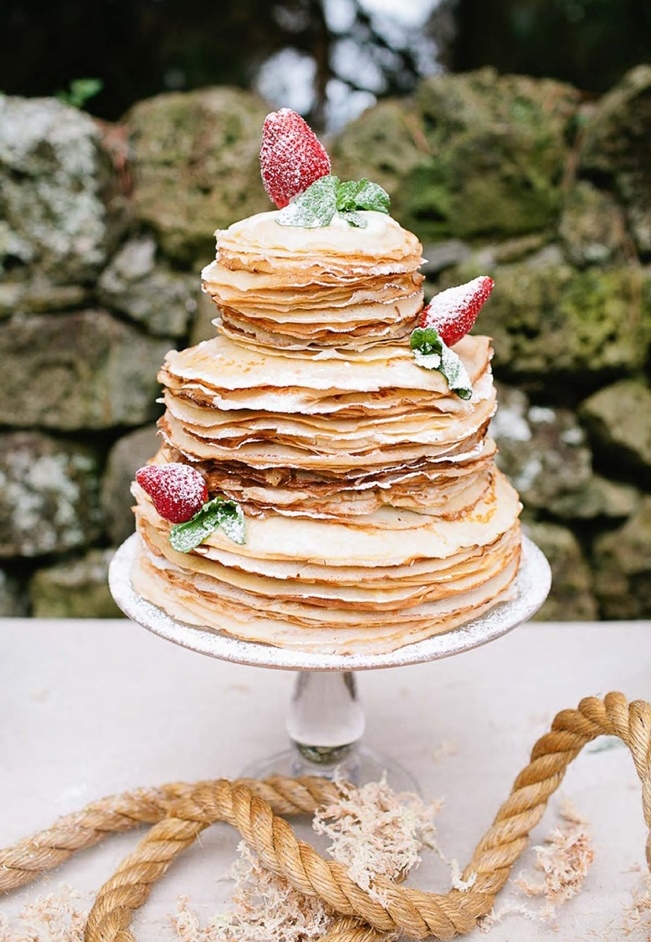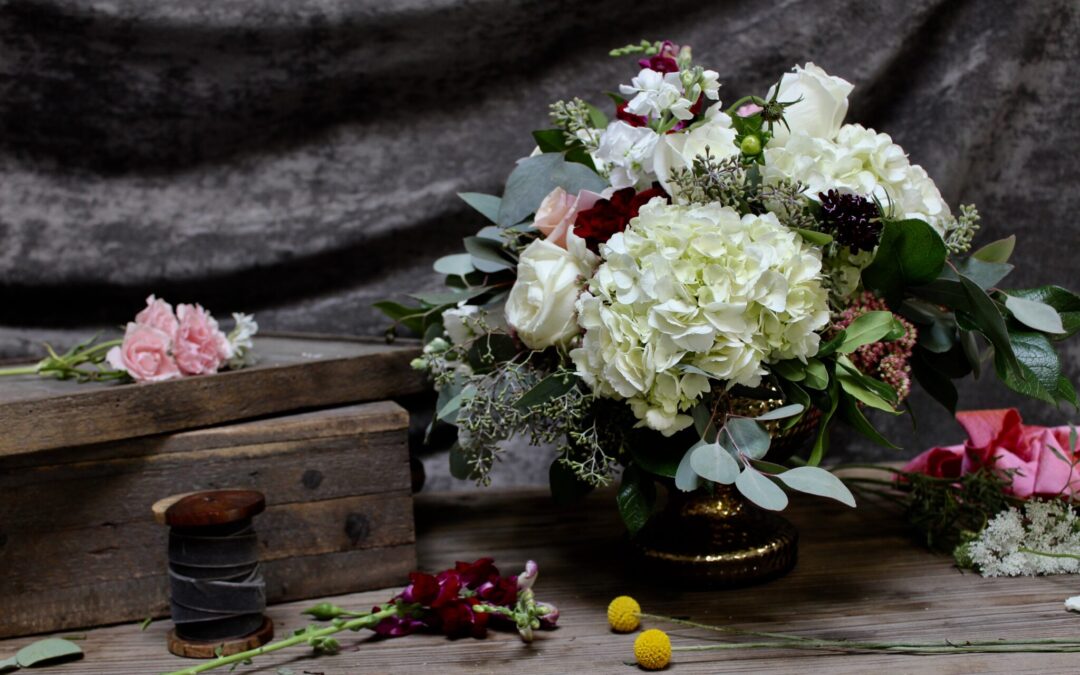
Meaning of Flowers
Flowers have long been associated with symbolism and can convey various emotions and messages based on their colours. While the meanings may vary across cultures and personal interpretations, certain flowers have commonly accepted associations with specific emotions. Here are a few examples:
Roses: Roses are one of the most well-known flowers, and different colours of roses can express different emotions. Red roses traditionally represent love and passion, while yellow roses symbolize friendship and joy. White roses are often associated with purity and innocence, while pink roses convey gratitude and admiration.
Poppies: Poppies are vibrant flowers that can evoke different emotions depending on their colour. Red poppies are commonly associated with remembrance and paying tribute to fallen soldiers, particularly in relation to World War I.
Lilies: Lilies are elegant and fragrant flowers that also come in various colours. White lilies are often associated with purity, innocence, and sympathy, making them a common choice for funerals or to express condolences. Orange lilies can represent confidence and passion, while yellow lilies are associated with happiness and gratitude.
It’s important to note that these associations are not set in stone and can vary across different cultures and personal experiences. However, the use of flowers to convey emotions has been a part of human culture for centuries, and their beauty and symbolism continue to inspire us.
Flowers have been assigned various meanings and symbolism throughout history and across different cultures. While interpretations can vary, here are some common meanings associated with different types of flowers:
Roses:
Red roses: Love, romance, passion.
Pink roses: Gratitude, appreciation, admiration.
White roses: Purity, innocence, reverence.
Yellow roses: Friendship, joy, new beginnings.
Sunflowers: Adoration, loyalty, longevity, happiness.
Tulips:
Red tulips: Love, passion.
Yellow tulips: Cheerfulness, friendship.
White tulips: Forgiveness, purity.
Purple tulips: Royalty, admiration.
Daisies: Innocence, purity, new beginnings.
Orchids: Exotic beauty, love, strength, luxury.
Lilies:
White lilies: Purity, innocence, sympathy.
Pink lilies: Prosperity, abundance, romance.
Calla lilies: Elegance, beauty.
Carnations:
Red carnations: Love, admiration.
Pink carnations: Mother’s love, gratitude.
White carnations: Pure love, innocence.
Yellow carnations: Friendship, joy.
Irises: Wisdom, faith, hope.
Lavender: Serenity, calmness, grace.
Chrysanthemums: Depending on the culture, chrysanthemums can represent various meanings, such as joy, optimism, longevity, and honour. They are often associated with honouring deceased loved ones and used in funeral arrangements.
Remember that these interpretations are not universal and can vary across cultures and personal perspectives. Additionally, the color of the flower can further influence its meaning. It’s always helpful to consider the specific cultural context and the relationship between the sender and recipient when giving or interpreting flower symbolism.
